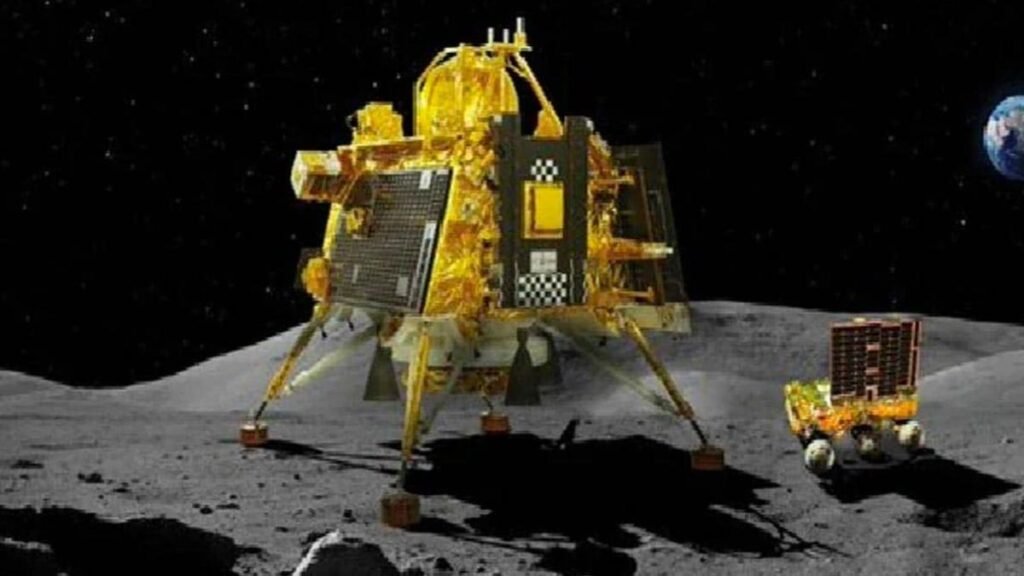The race to explore and conquer the cosmos has always been fueled by innovation and the quest for efficiency. As humanity looks beyond Earth’s boundaries, the next frontier in space exploration presents itself: the Moon. Over the years, lunar landings have evolved, but the upcoming introduction of SLIM (Sustainable Lunar Integrated Mobility) might just herald a new era in this endeavor.
SLIM is not just another spacecraft; it embodies a paradigm shift in how we approach lunar missions. Its design principles revolve around efficiency, sustainability, and versatility, all crucial aspects in conquering the challenges of repeated lunar landings.

The Evolution of Lunar Landings
Traditional lunar landing modules have been bulky and single use, limiting their capacity for multiple missions. They required substantial fuel and resources, which posed challenges in terms of cost and sustainability. However, SLIM seeks to change this narrative by integrating forward-thinking technologies that could potentially transform our approach to exploring the Moon.
Slim’s Ingenious Design
At the core of SLIM’s innovation lies its lightweight and reusable architecture. Unlike its predecessors, SLIM utilizes cutting-edge materials and engineering to significantly reduce its mass, thereby minimizing fuel requirements. This reduction in weight not only lowers costs but also increases payload capacity, allowing for more scientific instruments or resources to be transported during each mission.
Sustainability and Versatility
Another groundbreaking aspect of SLIM is its sustainability. Designed with reusable components and a modular structure, SLIM aims to revolutionize lunar missions by drastically reducing waste and increasing efficiency. Its adaptability allows for rapid reconfiguration and customization based on specific mission requirements, making it a versatile tool for various scientific endeavours.
Advancing Lunar Exploration
The implications of SLIM are far-reaching. Its potential to facilitate frequent and cost-effective lunar landings opens doors to a multitude of possibilities. From conducting extensive research and experiments to establishing sustainable habitats, SLIM could serve as the catalyst for a new era of lunar exploration and colonization.

Conclusion
As humanity’s aspirations extend beyond Earth, innovation continues to be the driving force behind groundbreaking advancements in space technology. SLIM stands at the forefront of this revolution, promising to redefine the way we approach lunar landings. With its emphasis on sustainability, versatility, and efficiency, SLIM holds the potential to revolutionize our understanding of the Moon and pave the way for future missions deeper into the cosmos.
The journey to the Moon has always been a symbol of human ingenuity and ambition. With SLIM, this journey takes a leap forward, promising a future where lunar exploration becomes not just a dream but a sustainable and routine reality.
As we anticipate the deployment of SLIM in upcoming missions, the prospect of what lies ahead in our quest to explore the Moon becomes even more tantalizing and achievable.


Leave a Reply